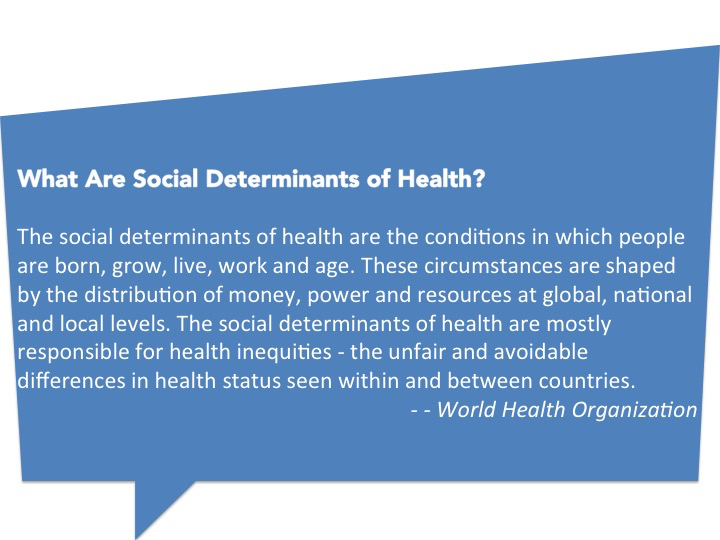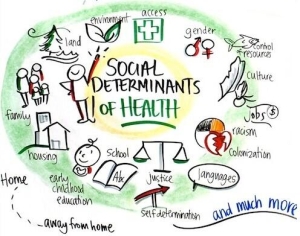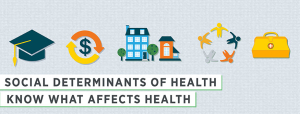I’ve been a volunteer for health organizations such as the Red Cross, hospitals, and community non-profits that served women and children since I was 12. Traditionally, the Y is associated with physical fitness and health activities for children. Their mission is to strengthen communities through development of youth, healthy living, and social responsibility. Recently, I visited a YMCA branch in San Francisco to see whether it was a place where I could contribute my time and help make a difference.
On my tour with the executive director, I was astounded at the number and breadth of services that this particular branch offered to its community, which is densely populated and serves a large Chinese population. They provide after school programs for over 600 children at local schools, tutoring, English as a second language for adults, and serve as a distribution outlet for the food bank in addition to the regular tai-chi, ballet, yoga, spinning, and swim classes.
In a city where the median household income in 2015 was over $81,000, the income of this immediate community is $17,000. Included in this community are 450 single room occupancy (SRO) families who live in rooms measuring 10 feet by 10 feet or 100 square feet total. These are families that share one bathroom and one burner or hotplate to cook on a floor with other SRO families. There is no area for the children to play or the adults to have a private moment in a room that is the size of a small bedroom. That’s the entire home. As a point of comparison, business hotel rooms often range from 350 to 400 square feet.
In an avalanche of foresight, the Y’s leadership decided to provide additional support to these families when they rebuilt the facility. Designed into the plans were multi-purpose open spaces that could be used by families—a living room-like area, desks where children can study and do homework, and a kitchen where the families can cook their own meal. The kitchen has also brought together families to cook and share their food.
The Y serves as an important point of information and assistance for resources. For the peo
These are social determinants of health that are being positively affected by a community institution whose leadership understands their customers and delivers what they need.
Maintaining and growing your healthcare customer audience requires focused effort as healthcare becomes more and more competitive. Ask yourself, “Do you know who your customers are and do you really understand their needs?” The answer to that is essential in order to quickly and continuously adapt a business’s strategy and remain ahead of the competition.




Leave A Comment
You must be logged in to post a comment.